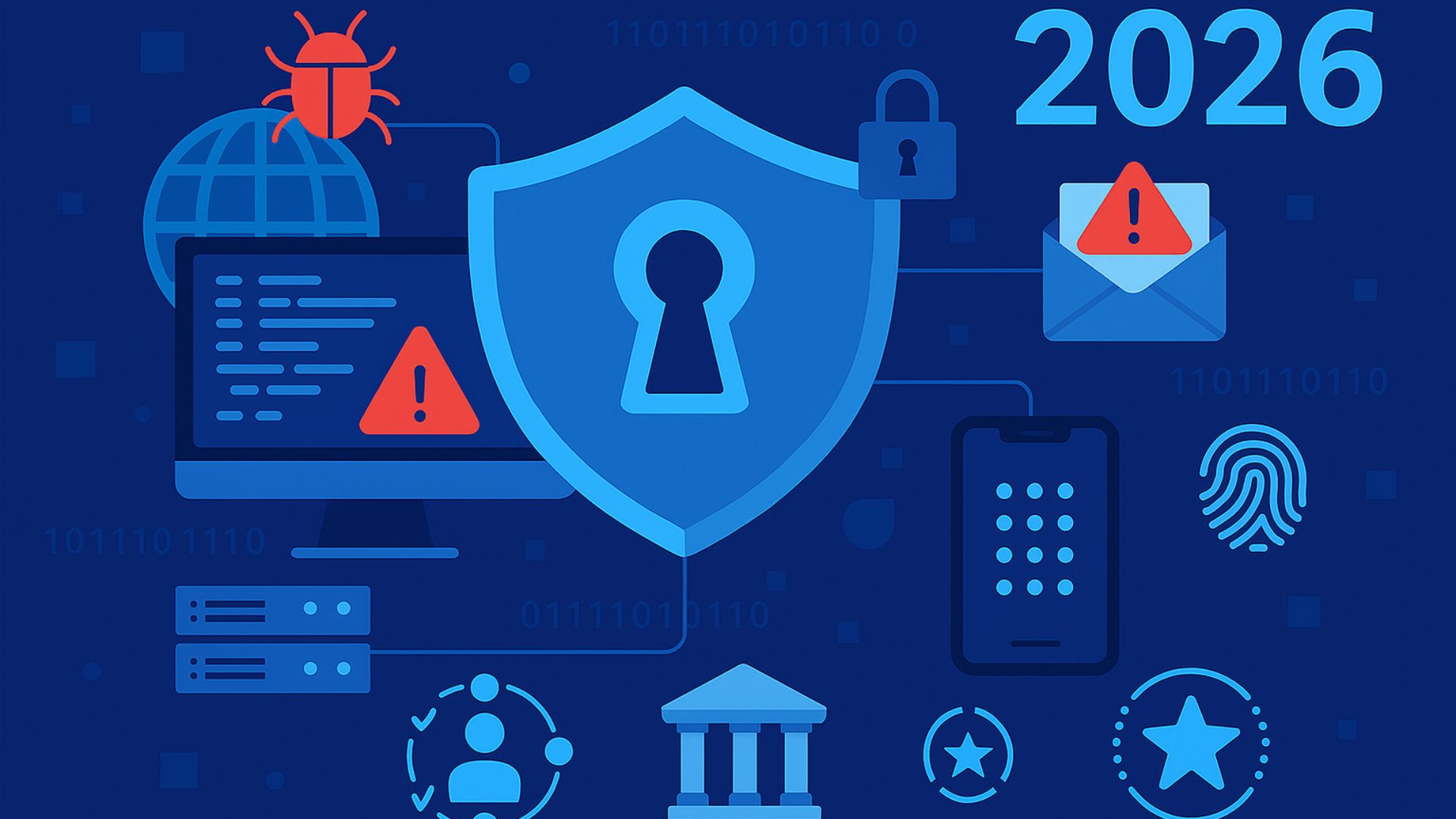Changing algorithms and fluctuating social media strategies can make it hard to plot a course for successfully marketing your MSP.
While there are many ways to drive success through marketing, from personas to storytelling to photo shoots, one important thing is to keep your customer top of mind. Here are seven other key tips that can help keep your compass pointed in the right direction.
No. 1 Develop a Persona for your Ideal Customer
Identifying your MSP’s ideal customers is a smart exercise. Ask your current customers and those who are in the market for an MSP about the obstacles they’re facing, where they need help and what they’re looking for in an MSP partner. With answers to these types of questions, you can create a persona and use it to guide your marketing strategies.
No. 2 Your Customer = Hero of Your MSP Story

Margee Moore
A great place to start looking for MSP marketing tips is the book “Building a StoryBrand.” Author Donald Miller lays out a framework for crafting clear, compelling messages by following the basic elements of classic stories.
One essential element to StoryBrand is casting your customer as the hero of the story. Your brand should serve as the trusty guide.
Are you currently making your company the hero of your story? To answer that, look at your website home page. Does it lead with information about your company’s founding date or number of certifications? If so, you’re taking center stage.
No. 3 Consider and Address Your Customers’ Pain Points
Think back to when you interviewed your customers to create a persona. What were their frustrations or challenges? Maybe they are sick of waiting for days for IT support. Perhaps their single “IT guy” is stretched too thin and spends all day fighting fires.
If you talk about how your MSP solves these problems in your messaging or in a StoryBrand website, would-be customers will notice. They’ll see your company as a trusted guide that can help them succeed.
No. 4 Build a Quality Website
Google regularly changes how websites are ranked, but in 2024, focusing on the user experience is one of the smartest MSP marketing tips. Offer content that clearly answers frequently asked questions and presents information in engaging ways, such as through video or on-site calculators.
While the company doesn’t share exactly how the sausage is made, Google makes it clear what type of sites it rewards in rankings.
Google also offers pointers on helping your MSP rank locally. You’ll find some solid MSP marketing tips in the information provided.
No. 5 Use a Lead Magnet
A sales funnel or a lead magnet can be highly effective in your MSP marketing toolbox. Offer people something of value when they visit your site in exchange for their contact information.
A lead magnet can be an infographic, checklist, eBook or video. Just brand it with your company’s name, and ensure that it helps people solve a problem, reframe an issue, or move the needle in their work.
No. 6 Get Backlinks

Margee Moore discusses marketing with MSPs at ChannelPro LIVE: Columbus.
Getting authoritative websites to point to your own website can help improve your MSP’s search engine ranking.
To get these backlinked URLs on other sites, try joining associations or a local chamber of commerce that lists members in an online directory. Work with partners, peers, or the charities you support to place links on their websites. Speaking at a workshop or conference can create another opportunity for a backlink, as can providing one of your team members to speak to the press as an IT expert.
No. 7 Pay to Play
One of the most important MSP marketing tips involves paying for ads. Of course, you don’t want to waste money on online ads. Working with a solid strategy and tracking results carefully is critical.
More Growth Ahead With These Marketing Tips
If marketing always drops to the bottom of your to-do list, it may be time to outsource to experts. To discover new ways to generate leads or engage visitors to your website or social media, reach out to a marketing consultant or agency to discuss your strategy.
Margee Moore is president and CEO of BigOrange Marketing and best-selling Amazon author of “Marketing Fusion.” She is a StoryBrand certified guide, a HubSpot partner, and certified in Google Analytics. She shared 21 Fundamentals to MSP Marketing during a presentation at ChannelPro LIVE: Columbus.
Featured image: iStock













